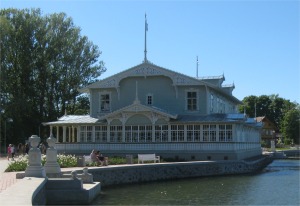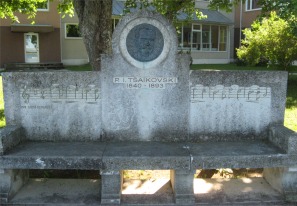After an exceedingly hot and humid night (so humid the GPS signal failed!), we arose to yet another blue sky and brilliant sunshine. We made ourselves shipshape, filled up with water, diesel and fresh provisions, and cast off. Rex would have been green with envy if he knew how favourable the winds seemed to be.
We sailed forth with a fair warm wind, bliss. But all good things come to an end, the wind shifted into an unfavourable stance and we had to resort to tacking. We laboured on and I took the graveyard watch. Since there were only two of us now, we shifted from a 3 hours on/6 hours off pattern to a 5 hours on/5 hours off with a 4 hour graveyard watch (midnight to 4am) to provide the rotational shift on a daily basis.
2nd June
I enjoyed the graveyard watch in these northern latitudes. The sky hugging the horizon maintained a salmon coloured hue, crowned by a pale blue sky all night long. In effect, sunset just melted into sunrise, a delight to experience.
When I took over my next watch at 9am, we were in a sea of mist, cold and murky, a complete contrast to the last couple of days. The wind was still shifting, sadly not in our favour. Shortly after midday, we assessed our progress. We had covered 18 miles in 26 hours. We still had a fair way to go before we could turn south and take advantage of the westerly winds. The decision was taken to motor for a while; a pity for Alan since he loves to sail as much of the way as possible.
Then, miraculously, the mist lifted, and the coastline and busy port of Pakri came into focus. More importantly a fleet of moving and moored vessels came into view too. Feeling the warmth of the sun on my skin lifted my spirits, and helped to alleviate the frustrating snail pace over the last day or so.
3rd June
 Haapsalu from the Marina |
It was exhilarating gliding serenely through these waters, but at the current speed of 1.5 knots, it would take us until 4am to reach our destination, so we resorted to motoring the last leg. The approach into Haapsalu was well thought out; we just picked up a series of about six leading lights which guided us admirably.
 V�ike Viik Lake |
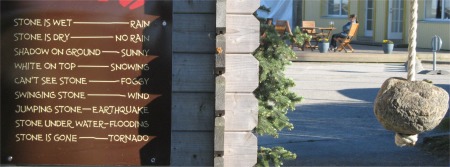 Estonian Weather Stone |
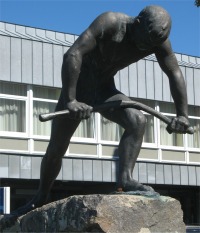 Stick Breaker |
I took myself for a stroll in the vicinity of the marina. Many small houses were scattered higgledy-piggledy along the peninsula upon which the marina was located. I marched across the narrow neck of the peninsula, passing a peaceful lake, Vaike Viik, on the way, and stumbled upon Vasikaholmi beach which offered stunning views across the bay from its sandy shores.
I returned to the boat and we retired to a marina restaurant where I had the most gristley, fatty piece of pork ever. In addition we both had a so-called traditional Estonian desert which can be best described as cold creamy porridge with a dollop of jam.
4th June
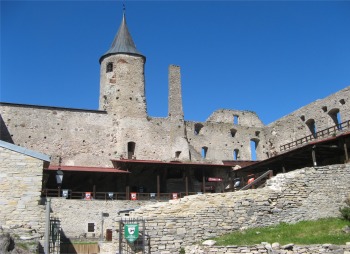 Episcopal Castle |
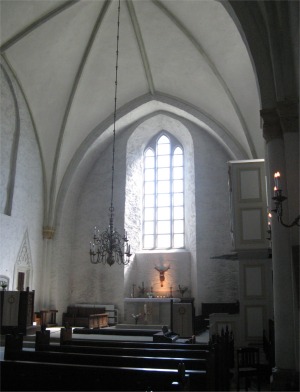 Dome Church |
 |
 Haapsalu Villas |
Superb views of the surrounding area could be taken in from the top of the Watch Tower, though being there for the clock striking one was a bit of a shock. As well as the Bonifatius laboratory which dealt with aspects of alchemy, the museum in the castle contained a collection of weird instruments of torture in the basement, with odd machines inviting the brave to take a seat, press a green button to start the machine, and a red one to stop it. Hmmmm... The three hectares of land included in the castle made it the largest of its kind in Estonia. part of this land serves as a wonderful concert location during the summer months. Here, the likes of Status Quo, Robert Plant and Alice Cooper have formidably tested the robustness of the castle foundations.




